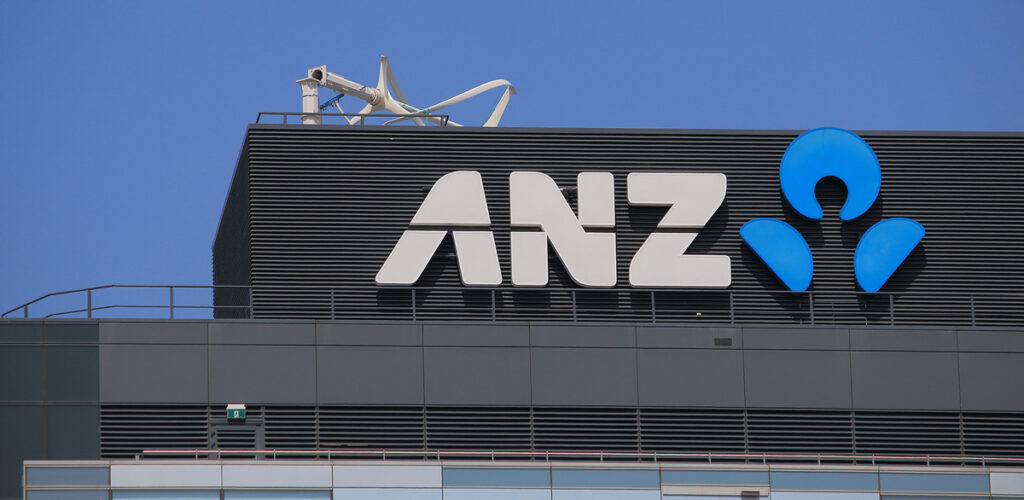 Gold is blazing a historic trail to all-time highs, and ANZ thinks there’s more territory to explore. The bank has upped its year-end forecast to $3,600, signaling the yellow metal’s bullish momentum and sound macroeconomic drivers.
Gold is blazing a historic trail to all-time highs, and ANZ thinks there’s more territory to explore. The bank has upped its year-end forecast to $3,600, signaling the yellow metal’s bullish momentum and sound macroeconomic drivers.
This higher benchmark is attributed to the broader trade war fallout: an increased chance of recession, supply chain issues, and inflationary pressures. Analysts caution investors by pointing to potential headwinds on gold’s uphill climb, including a sudden improvement in trade relations or a prolonged period of stagnant interest rates.
Gold-Positive Tailwinds
Heightened Recession Risks
Concerns about a recession–typically defined as two consecutive quarters of negative economic growth–are intensifying as trade war escalates, especially between the US and China. In a note to investors, ANZ analysts cited “increasing risks of a deeper recession” as a major support for higher gold prices. Currently, J.P. Morgan places the likelihood at 60%, while a recent survey shows that 62% of CEOs believe a significant economic slowdown or outright recession is on the horizon.
Supply Chain Disruptions
The ongoing tariff war has upended global supply chains, rivaling the disruption caused during the pandemic. With the US imposing import taxes on goods from nearly every trading partner, both domestic and foreign companies are reevaluating and reconfiguring their supply routes, trading partners, and raw material sources.
According to a recent industry survey, 89% of supply chain professionals report experiencing order cancellations due to the new tariffs. Even if the economic tension is resolved, this upheaval has long-term consequences as the unprecedented uncertainty contributes to gold’s appeal as an inflation hedge.
👉 Suggested Read: Gold Price Predictions & Forecasts for 2025
Sticky Inflation & Rate Cuts
Inflation has moderated from its peak, yet remains stubbornly above the Fed’s 2% target, suggesting inflationary pressures are still a risk. The International Monetary Fund warns that the escalating trade war could reignite global inflation just as many economies are beginning to stabilize.
Fed Chair Jerome Powell acknowledged that “long-term inflation expectations are still under control,” but cautioned that a prolonged tariff conflict could severely alter the US economy’s recovery. Wall Street is factoring in two to three rate cuts for the remainder of 2025, which would boost gold demand as the opportunity cost of owning non-yielding, safe-haven assets falls.
Potential Headwinds
Unchanged Rates
ANZ sees the possibility of stagnant interest rates weighing on gold’s powerful surge. If a protracted trade war stokes higher inflation, the Fed would be forced to pause the easing cycle. In severe cases, it might be forced to increase rates. Whether faced with paused or higher rates, gold would likely suffer as investors have more capital to put towards riskier assets.
Trade War De-Escalation
The “Trump Dump,” as the correction has been dubbed, is entirely traceable to the president’s costly tariff gamble. The stock market was setting consistent highs in the preceding months until falling off a cliff in the aftermath of “Liberation Day.” If this shattering of trade relations and the dollar dumping can be turned around rapidly, gold could suffer a setback as stability is restored.


